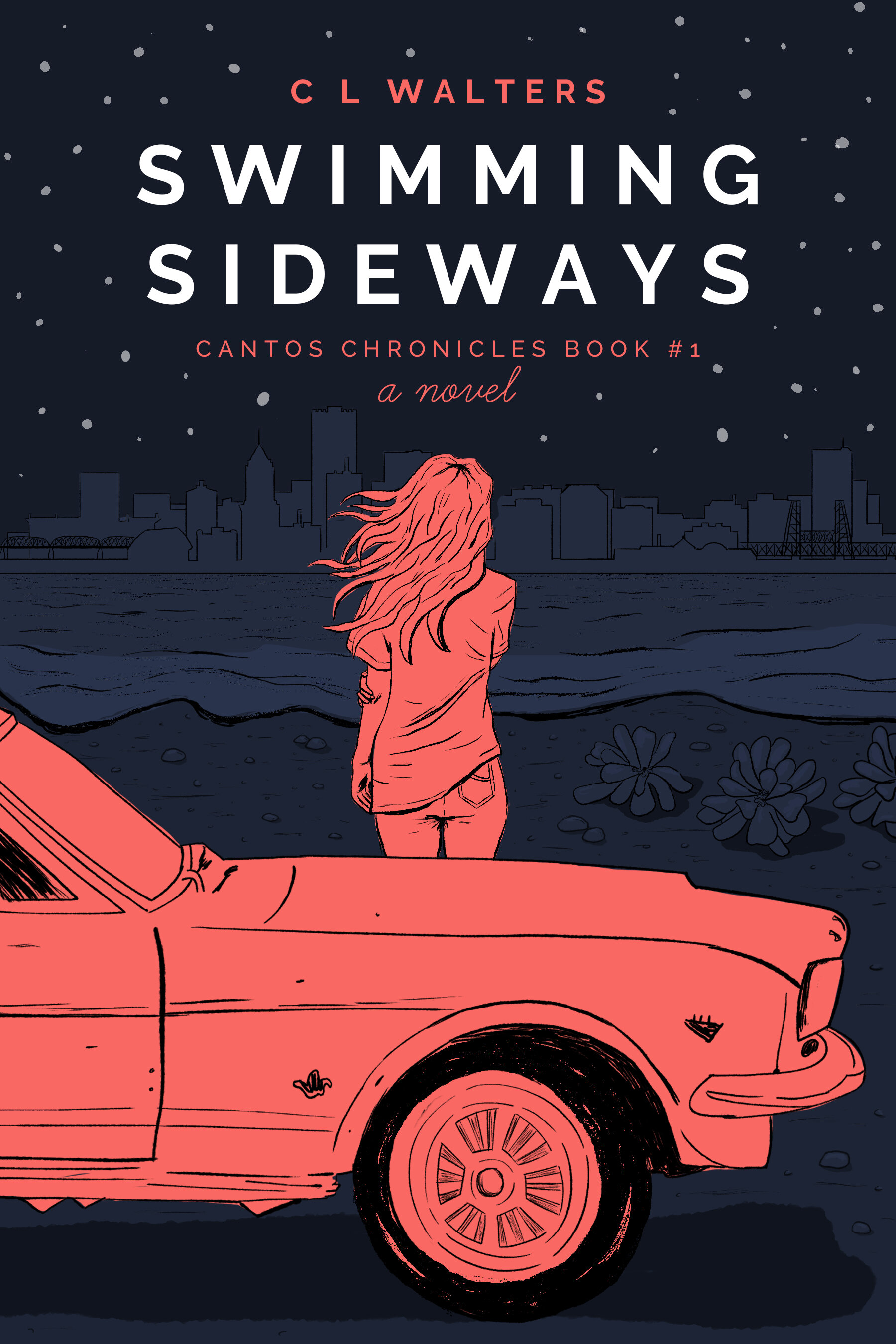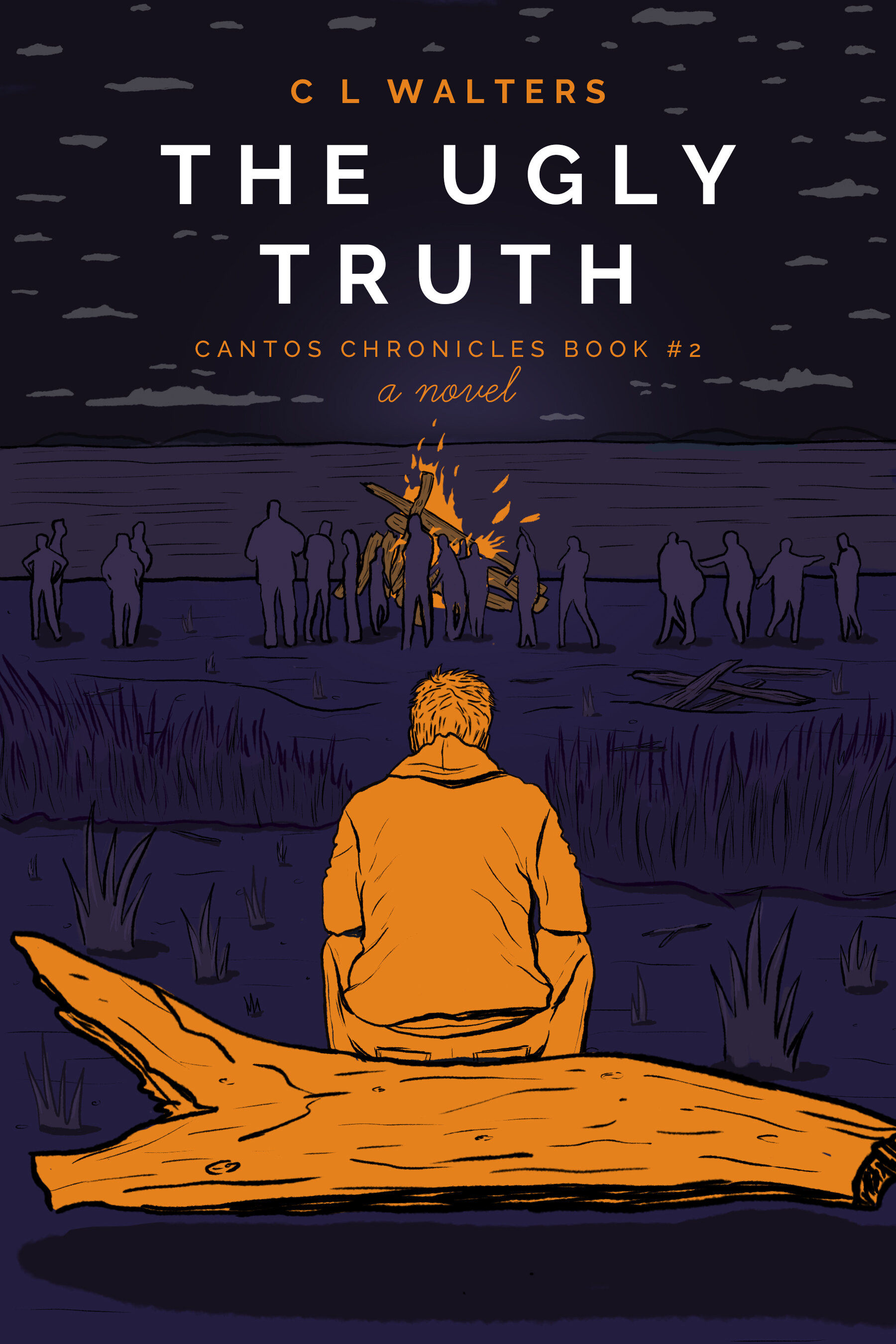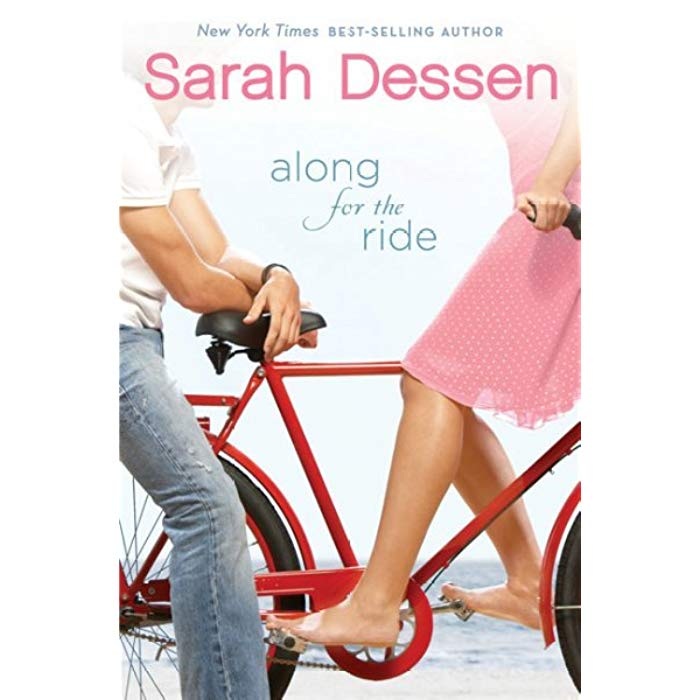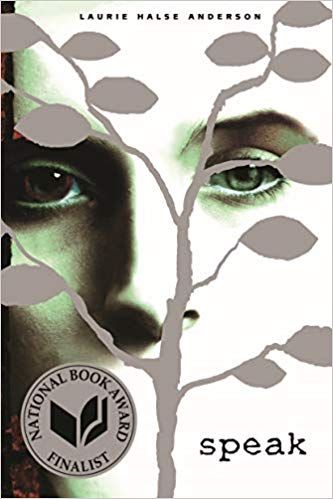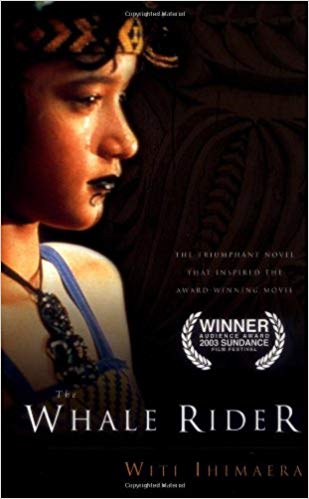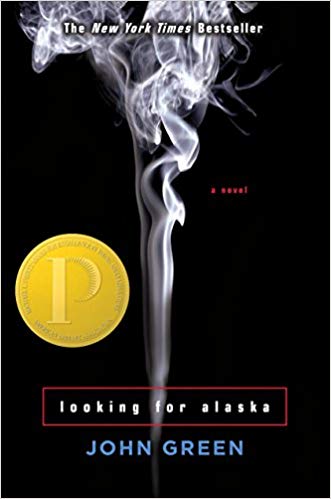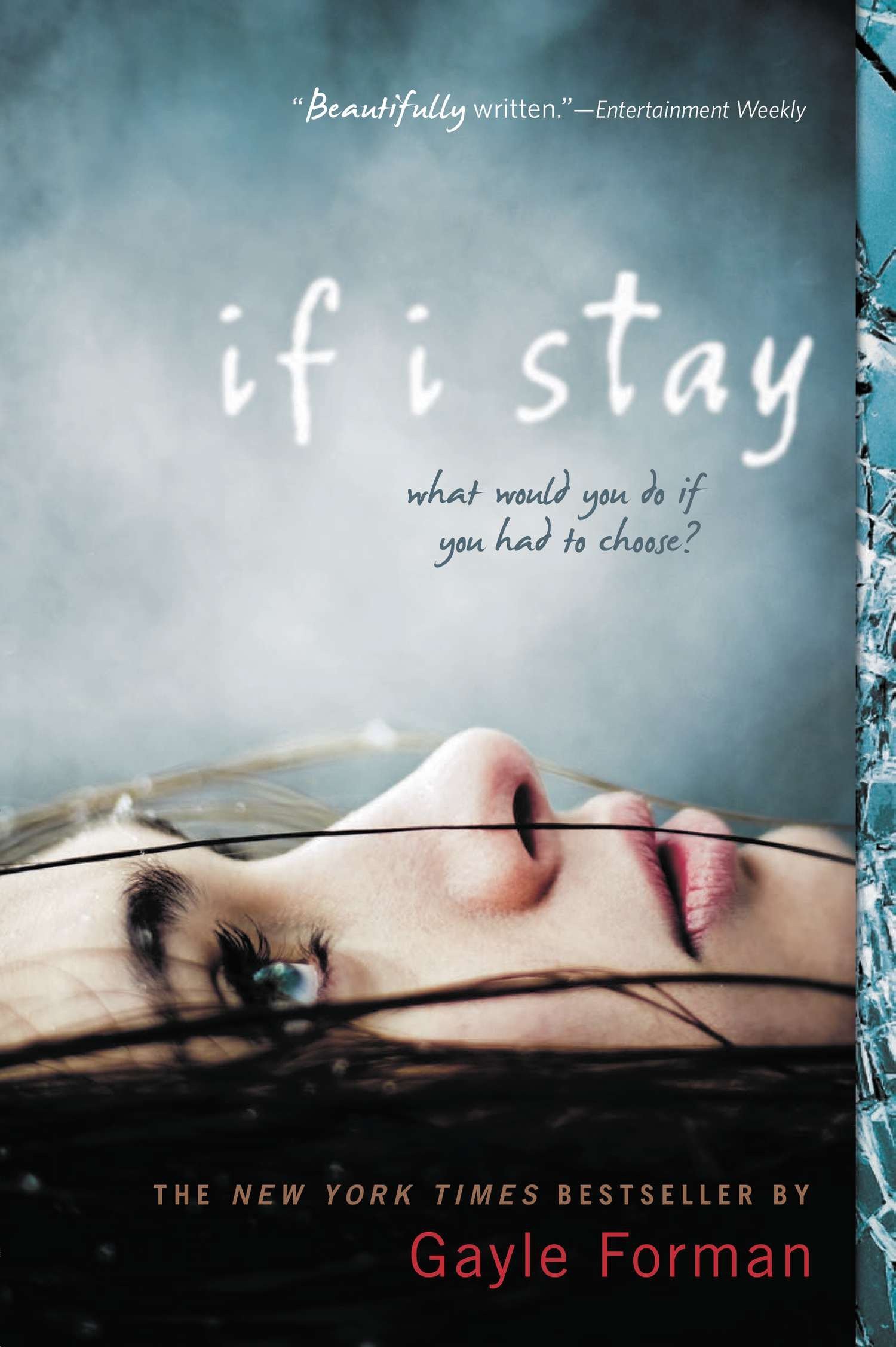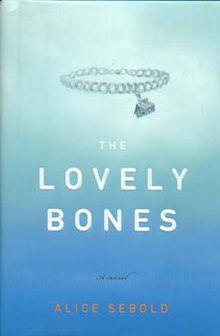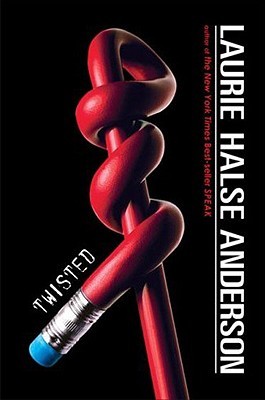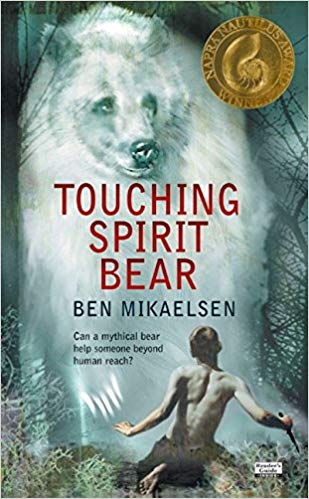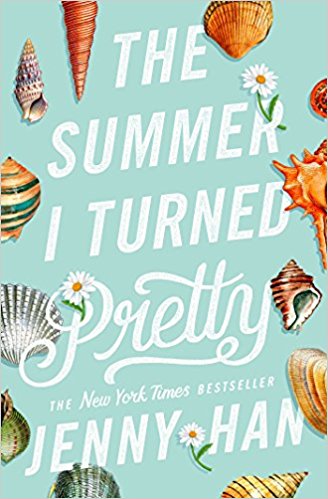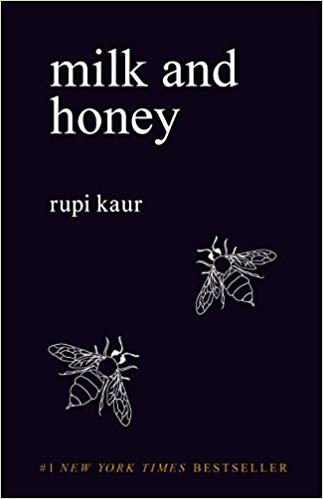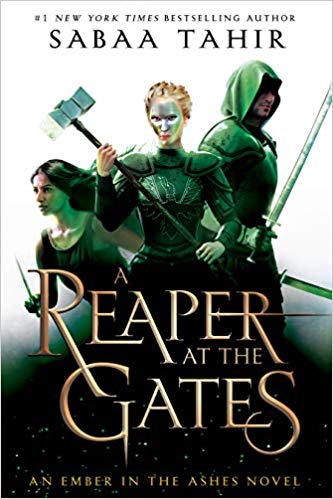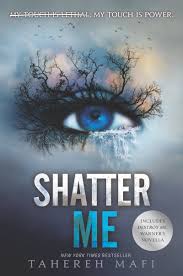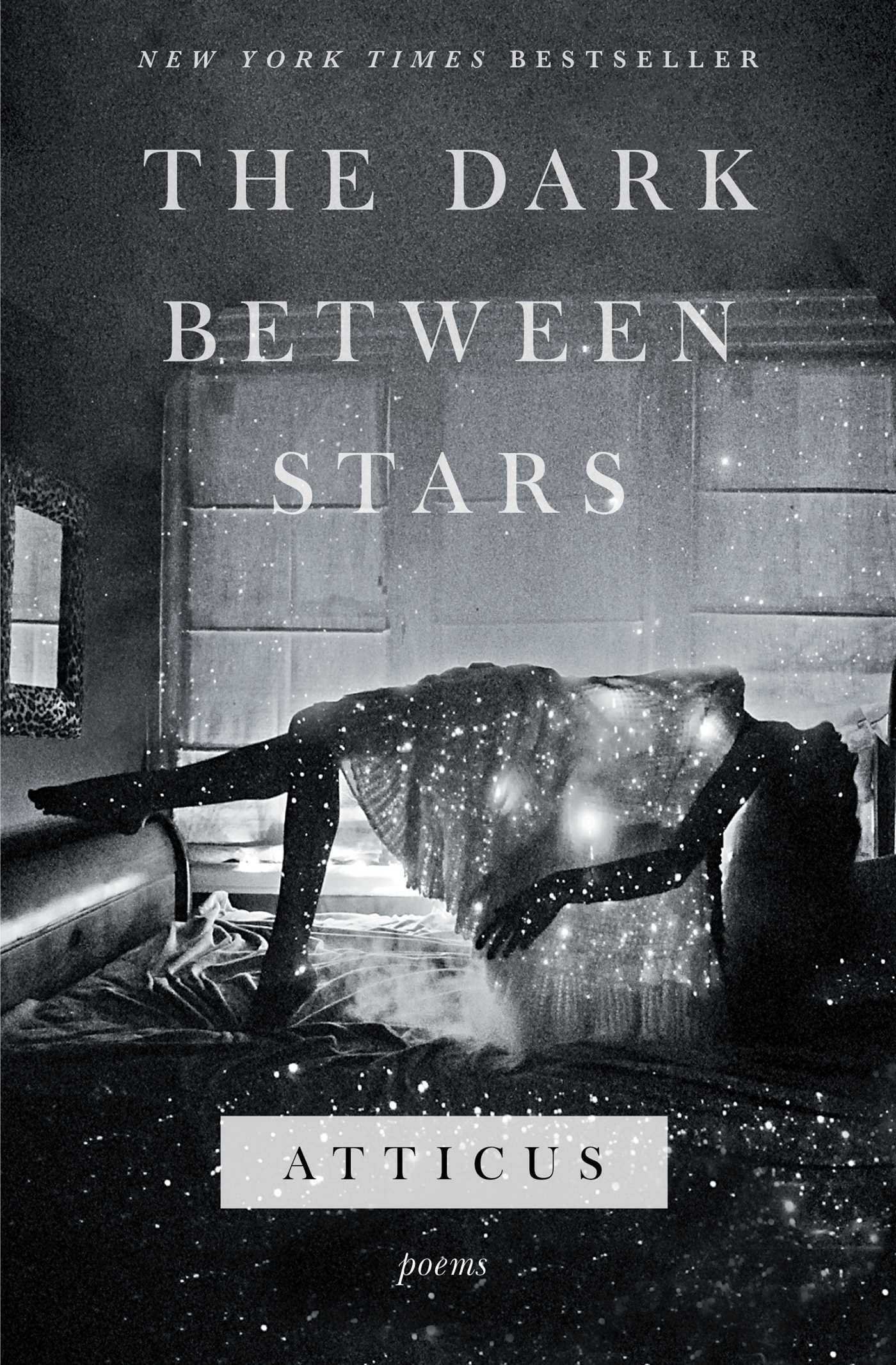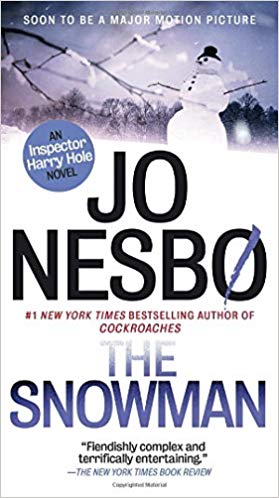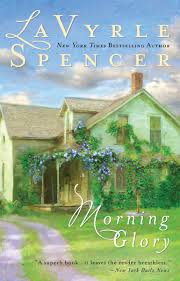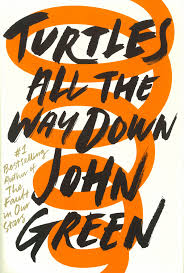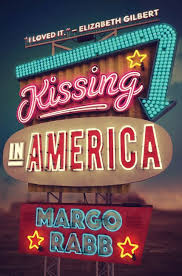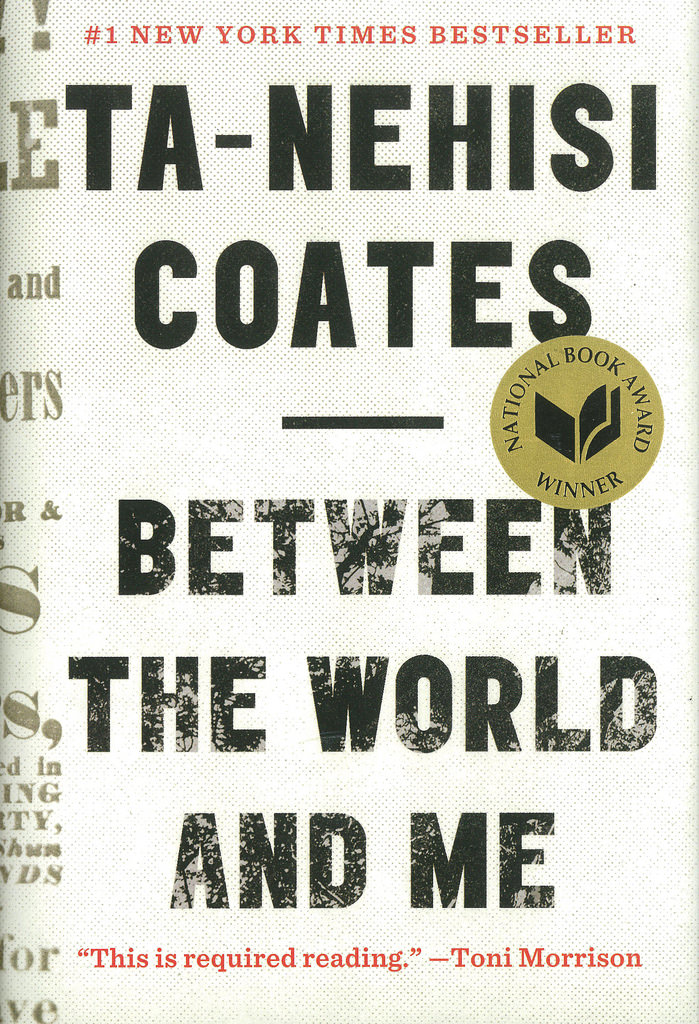Below is part of Kathryn and Jacob's story, as written in A Love Across Time.
(Copyright Genevieve Jane 2019)
As Kathryn stood alone in the ruins of Hohengeroldseck, she shivered. She should not have run from Jake. The look on his face when she turned back one last time was heartbreaking. He had told her things, things she refused to believe, even now.
A little voice inside her mind spoke to her heart, and she knew it spoke the truth. He was not lying to her. What if everything he said was true? That could only mean he was over two centuries old. How had that happened? Was that even possible?
As a child Kathryn had believed in magic. Of course she had, what child hadn't believed that magic was real? It was so bright and exciting. Now, how could she believe in magic when everything, everyone she loved had been taken from her. Her parents were gone and now her grandmother.
Kathryn shoved her hands inside her pockets. Not everyone she loved was gone though.
Jake. Or Jacob, as he told her. She loved him. Oh, how she loved him, and with all of her heart. She always had.
Shivering, Kathryn dropped to her knees in the snow. What has she done?
With her arms wrapped around her she stared up at the sky through the top of the tower. The sky was growing darker. She glanced behind her and she saw that she had, in her train of thought, climbed a whole lot of stairs.
As fear started to sink in, Kathryn didn't know what to do. She was really high up and the wind blew with such force through the cracks in the walls that it howled.
"Oh great, cracks," Kathryn thought out loud, as she yelled at the stars, "I'm going to crumble, just like this old castle."
"No. You are certainly not," a voice stated from below the tower. "He is meant to crumble, not you." As Kathryn stood and slowly turned around, she peered through the opening of the tower to the ground below.
A wolf paced beneath her. In her mind, she then heard a question.
"After all he has done, you want to give him your heart, you still wish to set him free?" The wolf then disappeared and entered the castle ruins below.
Kathryn frantically looked around, and her heart beat with the realization that she was not alone.
Then with a rush of cold air, the wolf appeared. Kathryn watched as the wolf turned into a beautiful woman with long hair the colour of the sun, knotted and braided down her back. She wore clothes reminiscent of years ago, and Kathryn, now startled, realized who she was.
“You're her aren't you, the witch who cursed him?” she whispered.
“So he has told you of me,” the woman spoke, her words like silk against Kathryn's skin, “has he told you why I despise him, what he did, and why he suffers the way he does?” The witch walked closer to Kathryn and automatically Kathryn took a step back. Looking over her shoulder, she realized she was suddenly very close to the edge.
In less than a second, the witch had Kathryn by the neck, over the wall.
“So, this is love?” the witch sang, her voice melodic and clear in the oncoming night, “will you die for him?”
Struggling, Kathryn looked at the witch, not wanting her fear to be seen. Taking whatever breath she could, Kathryn replied, “I would, if it would set him free, I would do anything for him. I love him.”
*
As he watched the snowflakes start their dance from the sky, Jacob tried again to break free of the tree. He leaned in, putting all his weight on the smaller branches, and hoped that they would snap.
When nothing worked, he sat back down. The light was fading from the sky, although there was still enough light to see the tower in the distance.
Jacob could barely see two shadows, which he assumed were Kathryn and the witch. Kathryn was over the edge and Jacob feared he had lost again, when suddenly the limbs of the tree started to untangle themselves and that created an opening.
Quickly, Jacob ran through the opening and towards the castle ruins. As he reached the castle, he looked up, “Kathryn!” he yelled as loud as he could.
At that moment, Jacob could see a faint glow all around Kathryn, extending across the arm that the witch had out holding Kathryn over the ledge. He watched in amazement as the light grew brighter and Kathryn stepped back onto the edge, forcing the witch backwards.
*
As the snow started to fall quicker, Kathryn looked at the witch, and she had a fire within her. This was the man she loved. She would do anything for him, even without magic, she would defeat this witch. She knew it in her heart that love was stronger.
Her love. His love.
Love was stronger, love would break the curse, and she would fight with everything she was to keep him. She was stronger. She would save him, and no longer would he have to live in all the darkness. He would be free.
Free to love and free to live.
Shedding whatever hatred and self-doubt she felt before, Kathryn looked at her arm. Still in the witch's grasp, a light, brighter than any she had ever seen started at her hand and crept up her arm.
The light engulfed her whole body and with a shove she pressed the witch back and planted both feet firmly on the ledge once more.
As she brushed the snow off her shoulders, Kathryn watched as the witch stepped back a bit, now looking at Kathryn through different eyes. Within seconds, the wolf was standing in front of her again, the woman was gone.
“You don't scare me that way either”, Kathryn took another step towards the wolf. Feeling the anger and the strength inside her, Kathryn continued walking.
“You won’t even fight me as you are!” She lifted her hands and the same glow appeared once more.
Watching it dance between her hands, Kathryn continued.
“Love, that is what he told me. That love would break the curse. You have no power over him, not anymore. You have to let go. He hurt your daughter, I understand that, but he is not that man anymore. He has had two hundred years to change. That was what you wanted right? To end the curse he had to find true, selfless love? Let him love, please, he finally deserves it. I want to love him. For our whole lives. Mortal lives. Take his curse away.”
(Copyright Genevieve Jane 2019)




